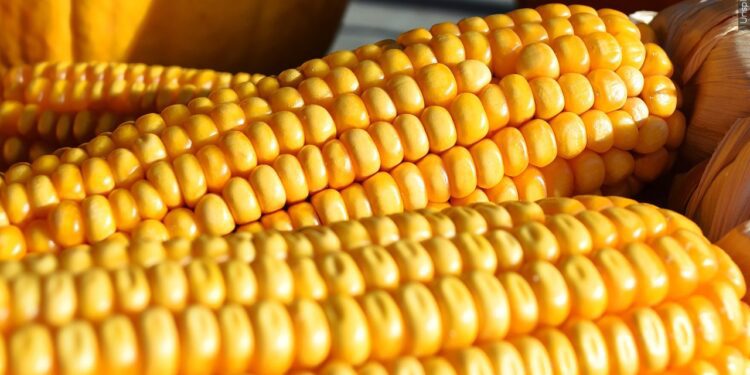(LOOTPRESS) – A recent heatwave sweeping across the Midwest has led to an unusual and somewhat alarming phenomenon in cornfields: “sweaty corn.”
Farmers and agricultural experts alike have been puzzled by the sight of moisture on the ears of corn, despite the dry and arid conditions typically associated with such high temperatures.
The phenomenon, referred to as “sweaty corn,” has been observed in several counties across Iowa and neighboring states. Farmers have reported beads of moisture forming on the husks of corn, leading to concerns about the potential impacts on crop yield and quality.
“I’ve never seen anything like this in my 30 years of farming,” said John Matthews, a corn farmer from Polk County. “At first, I thought it was just dew, but it’s been happening during the hottest part of the day.”
Agricultural experts suggest that the “sweating” could be due to a combination of high humidity and the corn plants’ natural process of transpiration, where moisture is released from the plant’s pores. However, the exact cause and implications of this phenomenon are still under investigation.
“This could be a sign of the plants trying to cool themselves down in extreme heat,” explained Dr. Emily Harper, an agronomist at Iowa State University. “But it’s unusual to see this much moisture on the surface of the corn. We’re closely monitoring the situation to ensure it doesn’t lead to mold or other issues that could affect the harvest.”
The unusual conditions have sparked discussions among farmers about how best to manage their crops during such extreme weather. Some are considering adjusting their irrigation practices, while others are exploring the use of fungicides to prevent potential problems.
Local agricultural authorities are advising farmers to keep a close eye on their fields and report any further unusual occurrences. Meanwhile, consumers are unlikely to see any immediate impact on corn products, but the situation serves as a reminder of the challenges faced by farmers in an era of increasingly unpredictable weather patterns.









